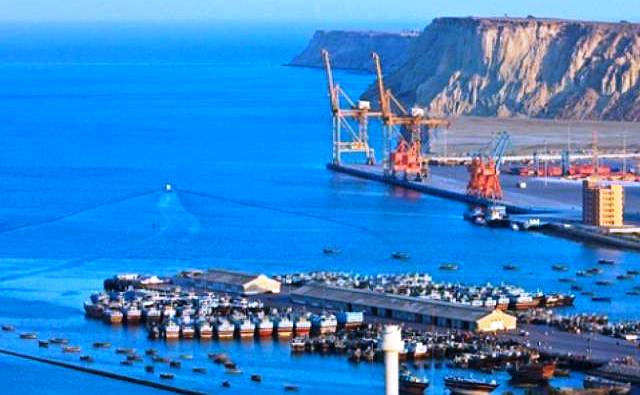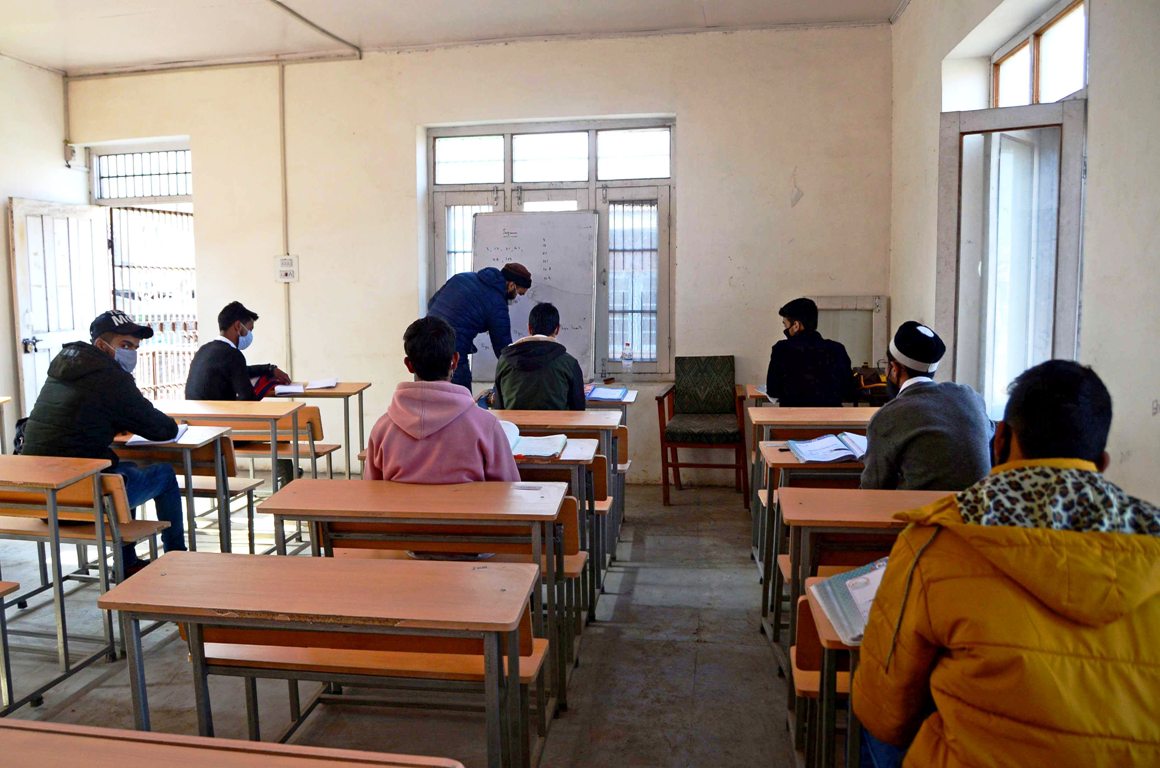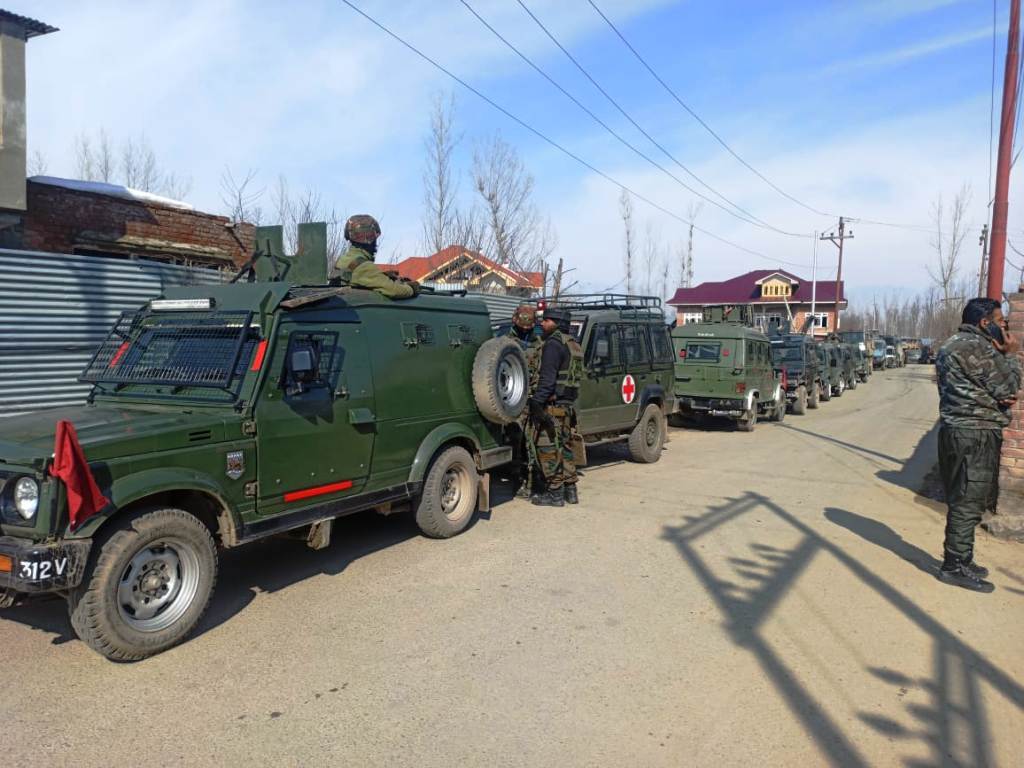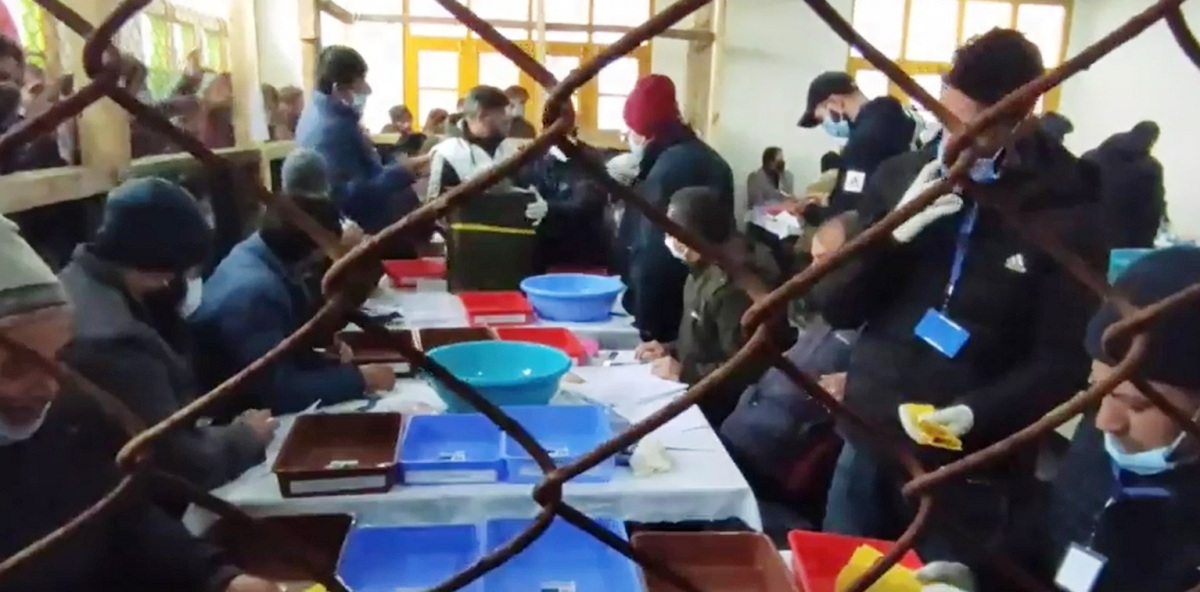SRINAGAR: Right now when China and India are talking about the recent border incursions in Ladakh, Beijing has announced another major investment on the Pakistani side of Kashmir. China is funding a dam.

India has vehemently objected to the construction of multibillion-dollar Diamer Bhasha multipurpose dam in Pakistan-administered Kashmir (PaK). The 4500-megawatt project would require the US $15 billion to be the biggest dams in the world. To be owned by Pakistan’s Water and Power Development Authority (WAPDA), the contract for the joint venture has been given to Power China and Frontier Works Organisation (FWO) on 70:30 basis.
Reacting to the project, India has denounced, calling it a violation of its territorial sovereignty. China rejected India’s concerns calling them misplaced and asserting that the economic partnership between China and Pakistan are directed at enhancing development and the welfare of people.
“These moves will bring one more tension point to an India-China relationship that is already more strained now than it has been for several decades,” Michael Kugelman, deputy director at the Asia program of the Washington, DC-based Wilson Center is quoted to have said.
Kugelman, as per the reports in EurAsia Times was referring to the violent clash that broke out at the ‘unrecognized’ Line of Actual Control (LAC) in Aksai Chin, a flashpoint that saw China’s aggression in 1962. He sees the growing Chinese investments in PaK a “big blow to India”.
China has invested about $29 billion in Pakistan, including direct investment, soft loans and grants, which has been or is building power plants, roads, rails, the new deep-sea port of Gwadar and an adjoining international airport in Balochistan province.

Border and Road Initiative (BRI) launched the China–Pakistan Economic Corridor (CPEC) programme in 2015 intending to connect Southeast Asia, Central Asia, the Gulf region, Africa and Europe with a network of land and sea routes.
“Exploiting India’s vulnerabilities is an essential element of China’s “contain India” policy,” Mohan Malik, a professor of strategic studies at the National Defense College, UAE, was quoted saying by the EurAsia Times.
However, the US has also been critical of the bilateral agreement between Pakistan and China.
Analysts believe that this could be a part of China’s debt-trap strategy against India through its ally, Pakistan. “China is able to gain influence across the world and grab considerable power in India’s neighbouring countries, by dispensing billions of dollars in the form of concessional loans to developing countries and then asking for geopolitical support in exchange for debt relief,” reports the newspaper.

“The latest example is the Island nation neighbouring India. Sri Lanka had relied heavily on China to construct $1.5 billion port in Hambantota in the country’s south. After the port was operating at a loss and couldn’t generate enough revenue to repay the loan to Beijing, the port was leased to China for 99 years in return for $1.1 billion which eased its position,” read the report adding “this allowed China to control over a key port positioned at the doorstep of its regional rival India and a strategic foothold along a key commercial and military waterway.”















